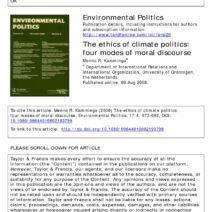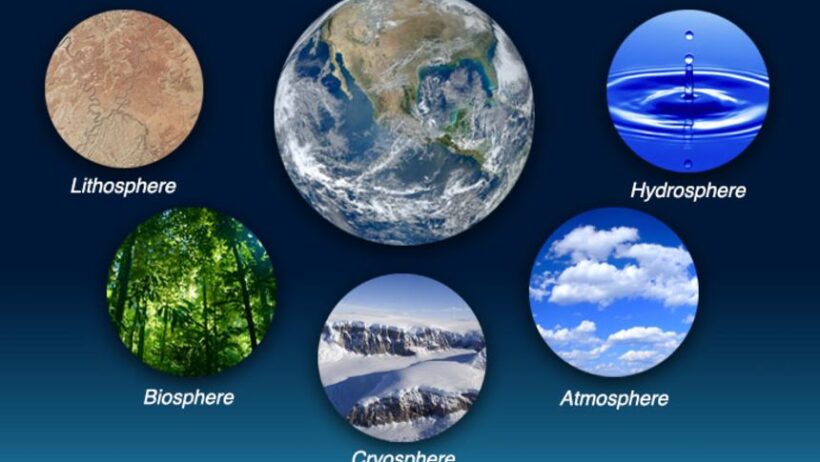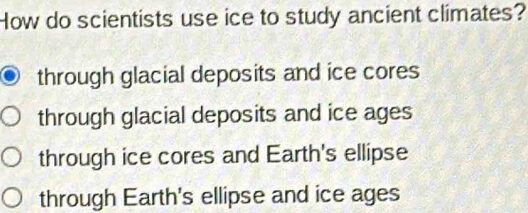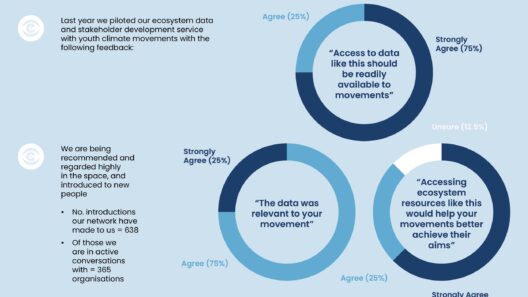Climate and weather are terms that are often used interchangeably in everyday conversations, but they hold significantly different meanings in the realms of meteorology and environmental science. Understanding these differences is not just academic; it bears profound implications for how we approach environmental issues and anticipate future scenarios. Are you ready to dive into the details? Let’s unravel this essential distinction.
What’s the difference between standing in the rain today versus knowing that your region gets an average of 50 inches of rainfall annually? This playful inquiry invites us into the intricate dance of climate and weather, setting the stage for a deeper exploration.
To those unfamiliar with climate science, the relationship between climate and weather can resemble a complex puzzle. Weather represents the short-term atmospheric conditions, subject to daily fluctuations, while climate encompasses the long-term patterns and averages observed over extended periods. In essence, while weather is what you experience in the moment, climate is the backdrop against which these experiences unfold.
It is vital to grasp this distinction, particularly in an era increasingly marked by climate change. Grasping the nuances could ignite proactive behaviors that help mitigate our environmental crisis.
Let’s delve deeper into these concepts.
Defining Weather: The Immediate Experience
Weather refers to the conditions of the atmosphere at a specific place and time. This includes factors like temperature, humidity, precipitation, wind speed, and visibility. Weather can change from minute to minute, hour to hour, and day to day, making it a transient phenomenon that captures our immediate environment. Think about it: today may be sunny, while tomorrow could bring a downpour or a blizzard.
The unpredictability of weather can affect countless aspects of daily life. It influences what we wear, our travel plans, and even our mood. The meteorological reports we rely on provide a snapshot—a quickly moving film that showcases nature’s capriciousness. As we consider the weather, we often find ourselves asking practical questions: “Will it rain today?” or “How cold will it be this evening?”
This immediate relevance makes weather intimately tied to our personal experiences. However, the constant flux of weather can sometimes mislead individuals into conflating it with a more stable climate.
Examining Climate: The Long-Term Story
In contrast, climate refers to the long-term averages and patterns of weather over an extended period, typically encompassing at least 30 years. It includes metrics like seasonal variations, long-term temperature trends, and regional weather behaviors. Understanding climate is akin to reading a book—the narrative unfolds over many chapters, revealing intricate stories of the Earth’s atmospheric behavior.
For instance, an area characterized by a warm and dry climate can be identified as a desert, while a region known for its heavy rainfall might be classified as a rainforest. These classifications provide insights into ecological systems and biodiversity, highlighting the intricate interactions between climate and the biological entities it nurtures.
Climatic patterns also dictate agricultural practices, urban planning, and resource management. As we confront the realities of a warming planet, shifts in climate patterns prompt urgent discussions about adaptation and resilience strategies that societies must adopt to navigate these changes effectively.
The Interplay Between Climate and Weather
While climate and weather serve distinct functions, they are inherently interconnected. Weather can be influenced by climatic scenarios—think about how climate change is leading to more extreme weather events. Increased temperatures can result in heatwaves, severe thunderstorms, or prolonged droughts. A single weather event cannot definitively reflect the overall climate, but it can provide clues about broader climatic trends.
This interplay raises a question of vital importance: How do we adjust our understanding of local weather events in light of global climate dynamics? Individuals and communities may need to reframe their approaches to conservation and environmental stewardship as weather phenomena become more pronounced and tied to overarching climatic conditions.
Bridging the Gap: Understanding Impacts and Responses
As we sift through these layers, it becomes evident that the consequences of climate change are often manifested through weather events. This understanding influences policy decisions, emergency preparedness, and even individual choices. Addressing climate change requires a nuanced approach—one that acknowledges the differences yet understands the intersection of climate and weather.
Consider engaging with local community initiatives aimed at promoting sustainability and resilience to changing climate conditions. Whether through reforestation projects, advocacy for renewable energy sources, or local conservation efforts, individuals can play a part in helping to shape a climate-conscious society.
Prompting Action: The Challenge Ahead
How can we as individuals contribute to a culture of climate literacy? What actionable steps can we take to foster a better understanding of this critical distinction? The challenge lies not only in raising awareness but also in translating understanding into practice.
Start conversations in your community about climate and its implications. Encourage local educational programs or workshops that explore the science behind climate change and weather. Share knowledge and insights, transforming abstract concepts into tangible actions that resonate with diverse audiences.
Ultimately, by empowering individuals with the knowledge of how climate differs from weather, we lay the groundwork for a more resilient future. Recognizing the intricate relationship between our daily weather patterns and overarching climatic trends allows us to navigate the complexities of our environment with greater awareness and responsibility. Together, let’s embrace the challenge, reshaping our destinies in harmony with nature’s rhythms.
In sum, understanding the distinction between climate and weather is not merely an academic exercise; it is a vital foundation for effective environmental stewardship and sustainable living. By fostering awareness and initiating community actions, we not only grasp the science but also harness its power to drive meaningful change.








